
Why Brands Prefer Influencers Over Traditional Celebrities in India
Marketing in India is no longer what it used to be. A decade ago, if you asked anyone about brand endorsements, the answer would usually be a Bollywood star or a cricketer. Today, however, the spotlight has shifted. Brands are increasingly turning toward influencers to promote products and services.
When you open Instagram or YouTube, it’s clear who dominates your feed. From skincare to fintech, almost every brand is choosing influencers over traditional celebrities. This change didn’t happen overnight. It’s the result of evolving consumer behavior, social media growth, and the desire for authenticity in communication.
The Rise of Social Media Personalities
Influencers didn’t appear out of nowhere. They built their audience by sharing relatable stories, honest opinions, and niche expertise. Platforms like Instagram, YouTube, and now even short-video apps gave them visibility.
Unlike traditional celebrities, influencers show real-life experiences. A food blogger documenting street food feels closer to people than a film star promoting a soft drink. Their followers don’t just watch—they interact, comment, and feel part of the journey.
I recall a friend in Mumbai who started a small skincare label. She first invested in a print ad with a known TV actor. The result? Barely any sales. Later, she collaborated with two micro-influencers who posted genuine reviews. Within days, her products were trending among local audiences. Orders poured in, and she couldn’t keep up with demand. That shift showed her—and me—why brands now prefer influencers.
Why Brands Trust Influencers More Than Stars
(Other keywords: consumer trust, brand engagement, online campaigns)
Trust is the currency of marketing. Consumers often believe influencers because their recommendations feel personal. These voices grow communities by being consistent and authentic. When they promote a product, it sounds more like a friend’s advice than a scripted ad.
Celebrities, on the other hand, often feel distant. Their endorsements look glamorous but don’t always resonate with everyday buyers. People may admire them, but that doesn’t mean they trust every product they promote.
Cost is another factor. Signing a major celebrity requires a massive budget. In comparison, brands can collaborate with different influencers—macro, micro, or nano—depending on campaign goals. This flexibility allows businesses, both big and small, to reach the right audience without draining resources.
A Mumbai-based fashion retailer once told me that one celebrity campaign drained half their yearly budget. They later ran a smaller campaign with four fashion influencers. The cost was lower, but the engagement and conversions were much higher. That’s the power of influencer partnerships.
Authentic Storytelling Works Better
(Other keywords: brand storytelling, content creation, audience engagement)
Influencers have mastered storytelling. They don’t just promote; they integrate products naturally into their daily lives. A fitness influencer might show how a protein shake fits into their workout routine. A travel influencer might highlight a resort during a vlog. This seamless approach makes the content engaging rather than intrusive.
Celebrity ads often look scripted and polished. While they attract attention, they don’t always inspire action. People are more likely to try a product recommended by someone they feel connected to.
There’s also a digital advantage. Google’s algorithm rewards content that feels authentic. High engagement—comments, likes, and shares—helps brands gain better visibility online. This makes influencer marketing not only effective for conversions but also smart for SEO and long-term brand awareness.
The Growing Role of Micro and Nano Influencers
(Other keywords: niche audiences, targeted campaigns, local reach)
One of the biggest trends in India right now is the rise of micro and nano influencers. These are creators with smaller but highly engaged audiences. Their reach might not compare to big stars, but their influence often feels stronger.
For example, a nano influencer in a specific city can help a local café attract genuine footfall. Their followers trust their suggestions because they feel like peers. Big celebrities can’t offer that kind of targeted connection.
Brands appreciate this precision. Instead of spending millions on a celebrity, they can build multiple small campaigns across cities, communities, or even language groups. This approach feels more personal and delivers better ROI.
The Future of Brand Partnerships in India
(Other keywords: digital economy, marketing strategy, online growth)
Influencers won’t replace celebrities entirely. Big-budget film launches, luxury labels, and global campaigns still rely on star power. But for everyday products, lifestyle brands, and digital-first companies, influencers are now the go-to partners.
As more Indian consumers spend time online, this trend will only grow stronger. Brands that build long-term relationships with the right influencers will see consistent results.
The lesson is simple: in today’s digital economy, authenticity wins. And influencers are shaping that authentic conversation better than any celebrity endorsement ever could.
Planning an event requires countless decisions, but none impacts your success more than your enterta
Weddings in Mumbai are more than ceremonies; they are full-scale productions. Every detail matters,
Finding the right artist for an event in Mumbai can be tricky. Between flaky freelancers and overpri


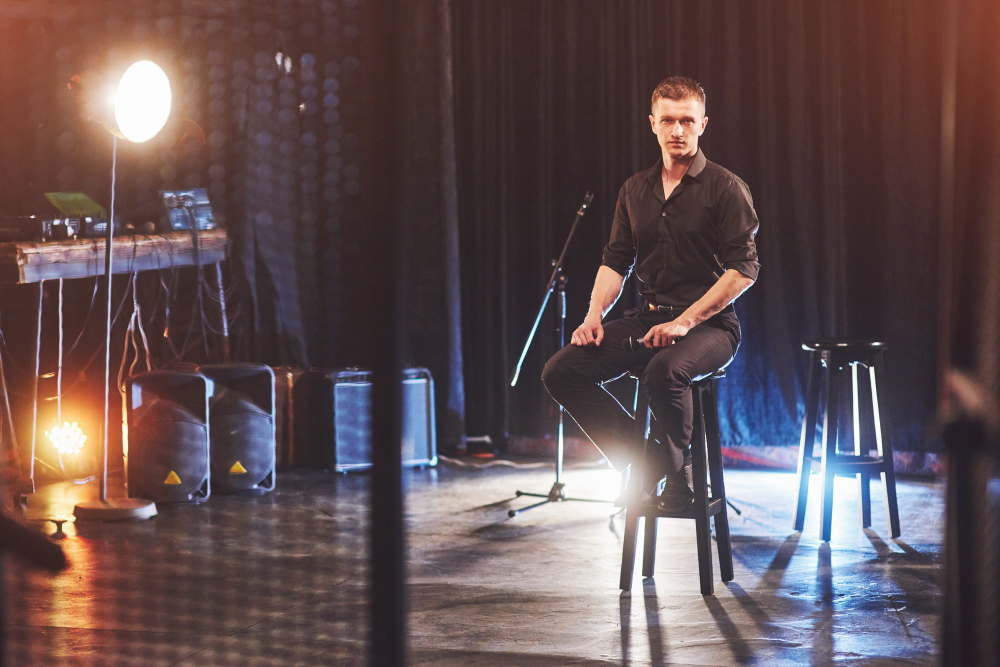
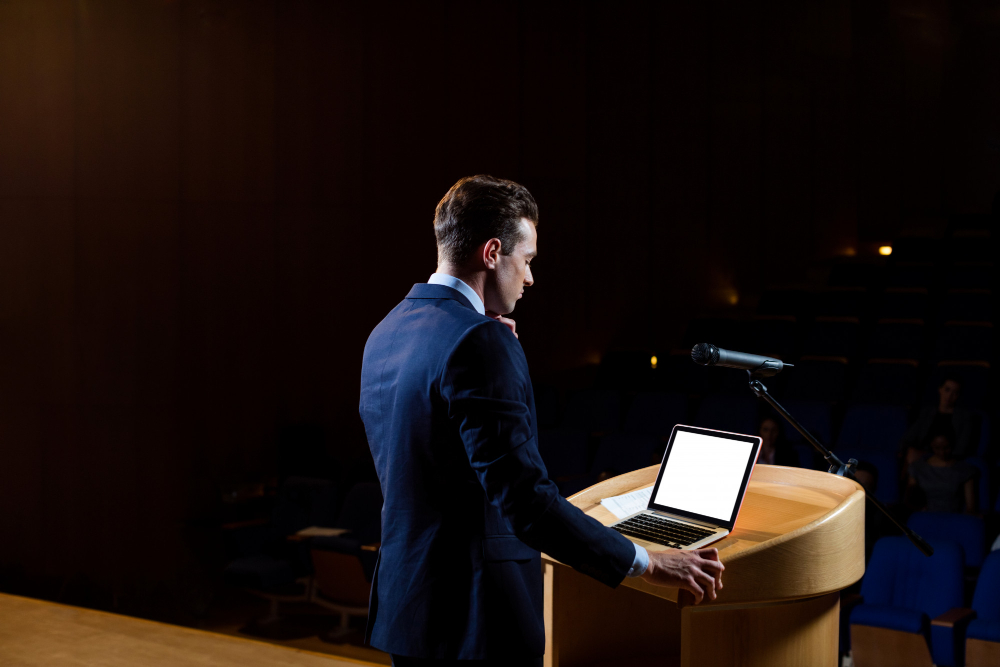
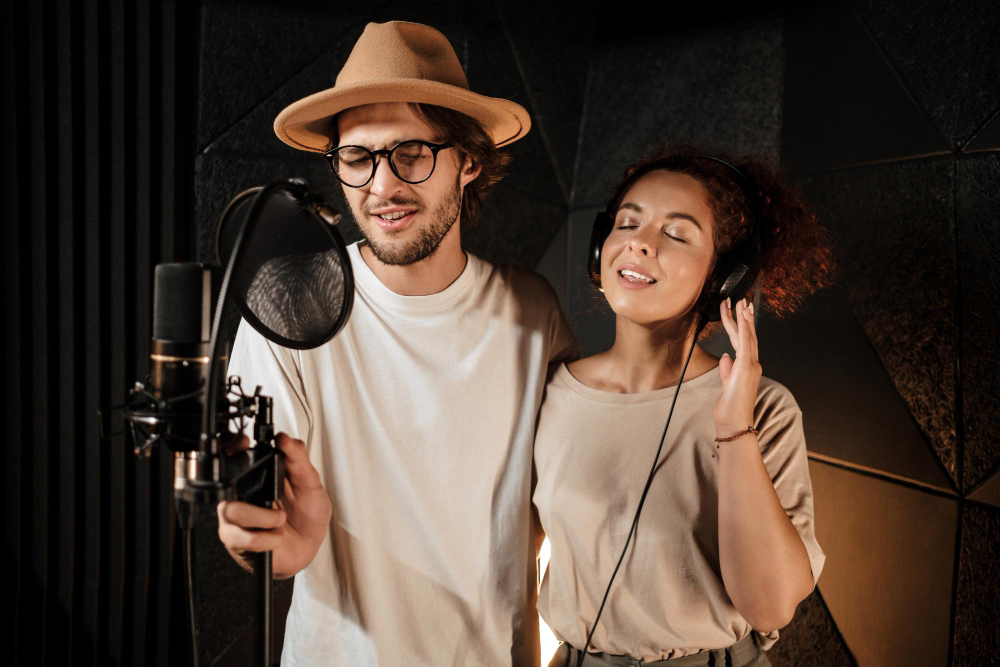
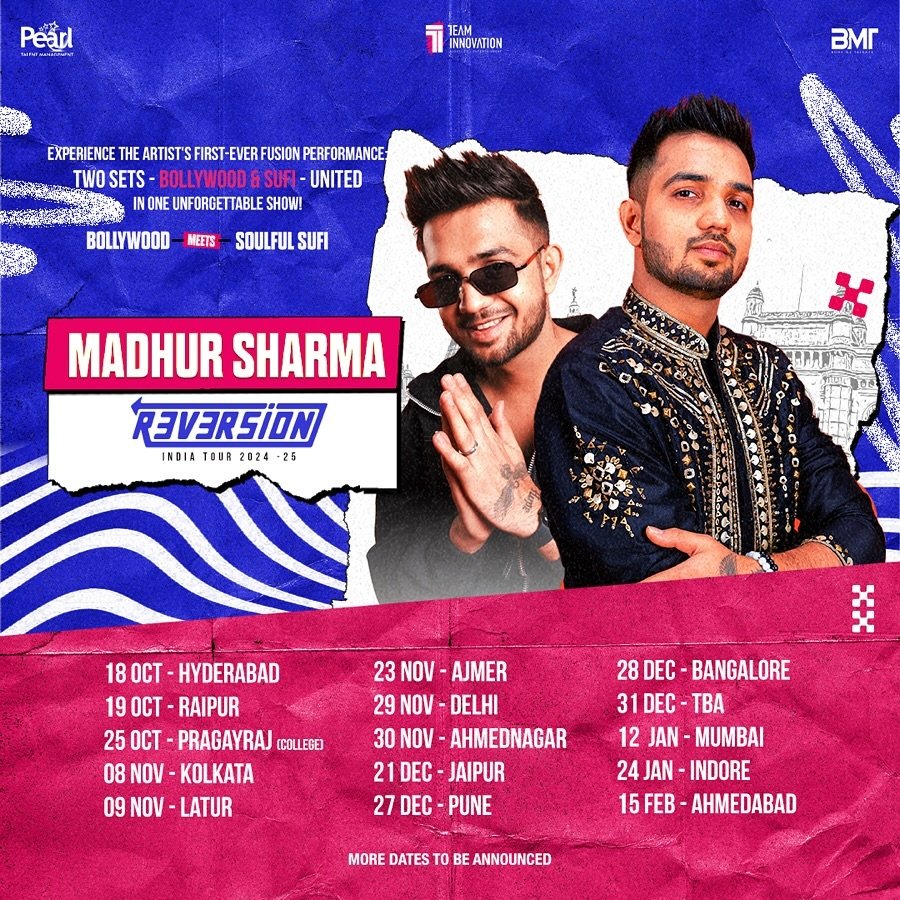
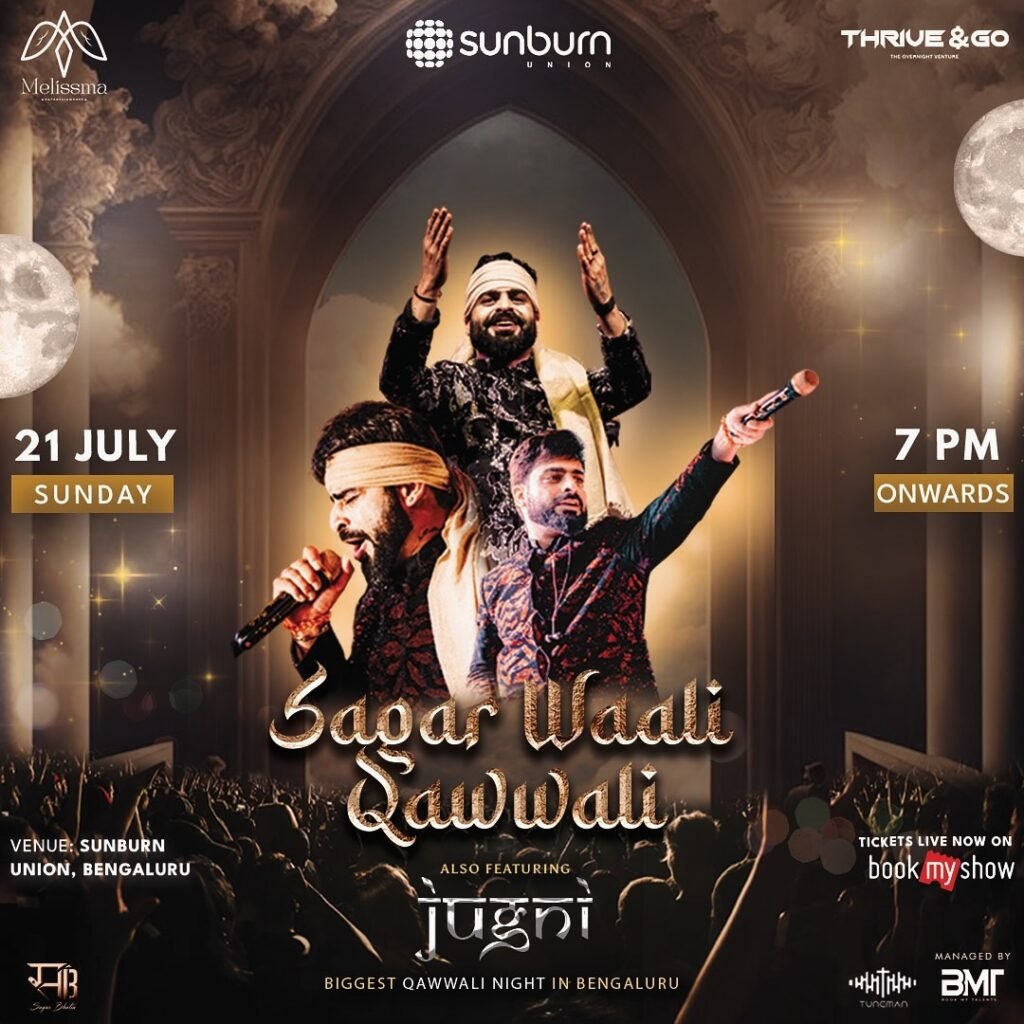
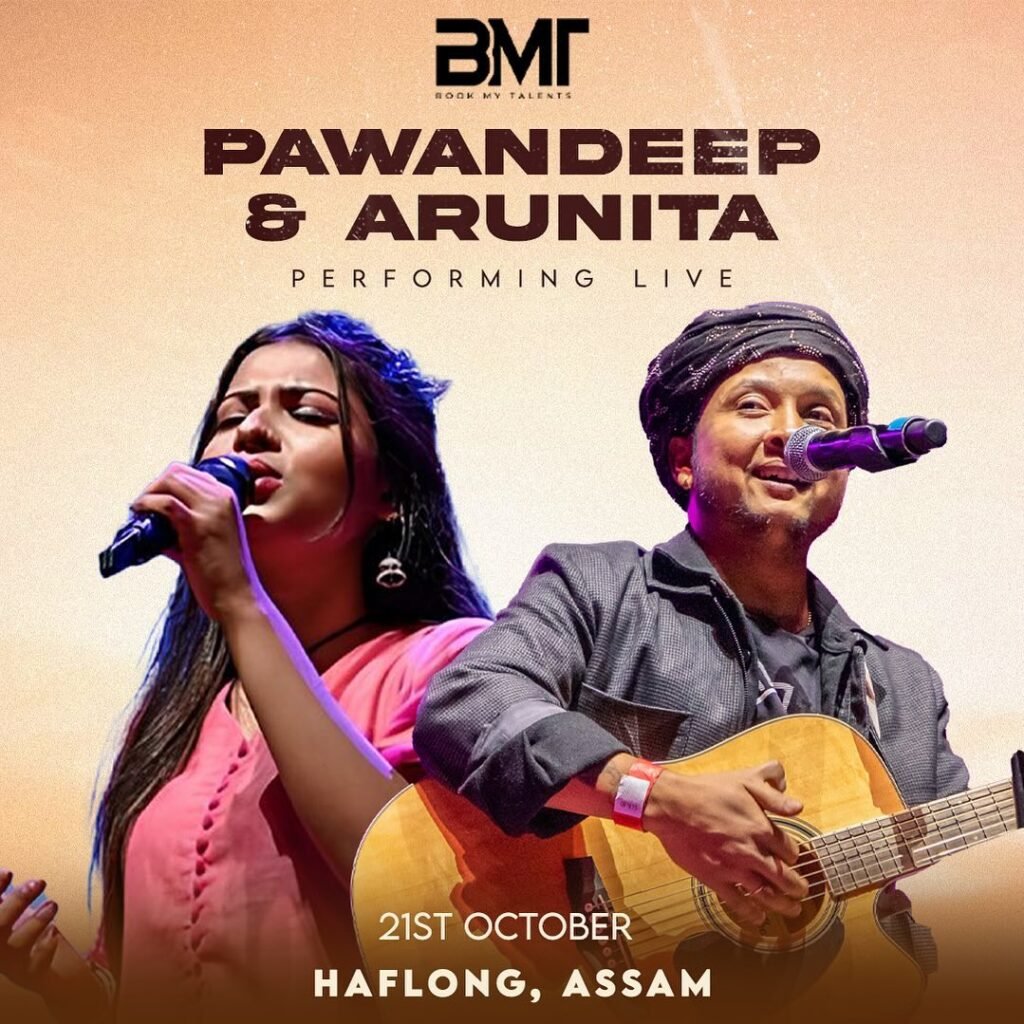

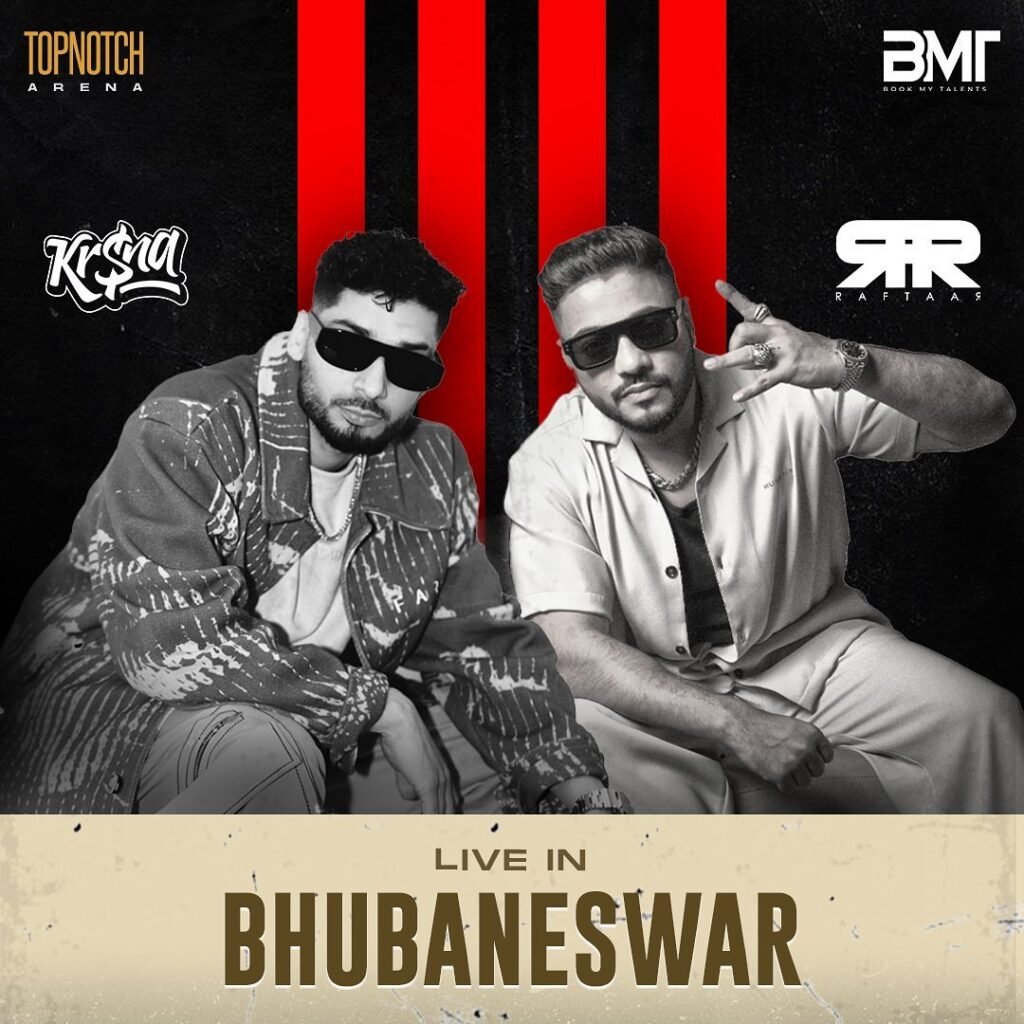
Leave a Reply